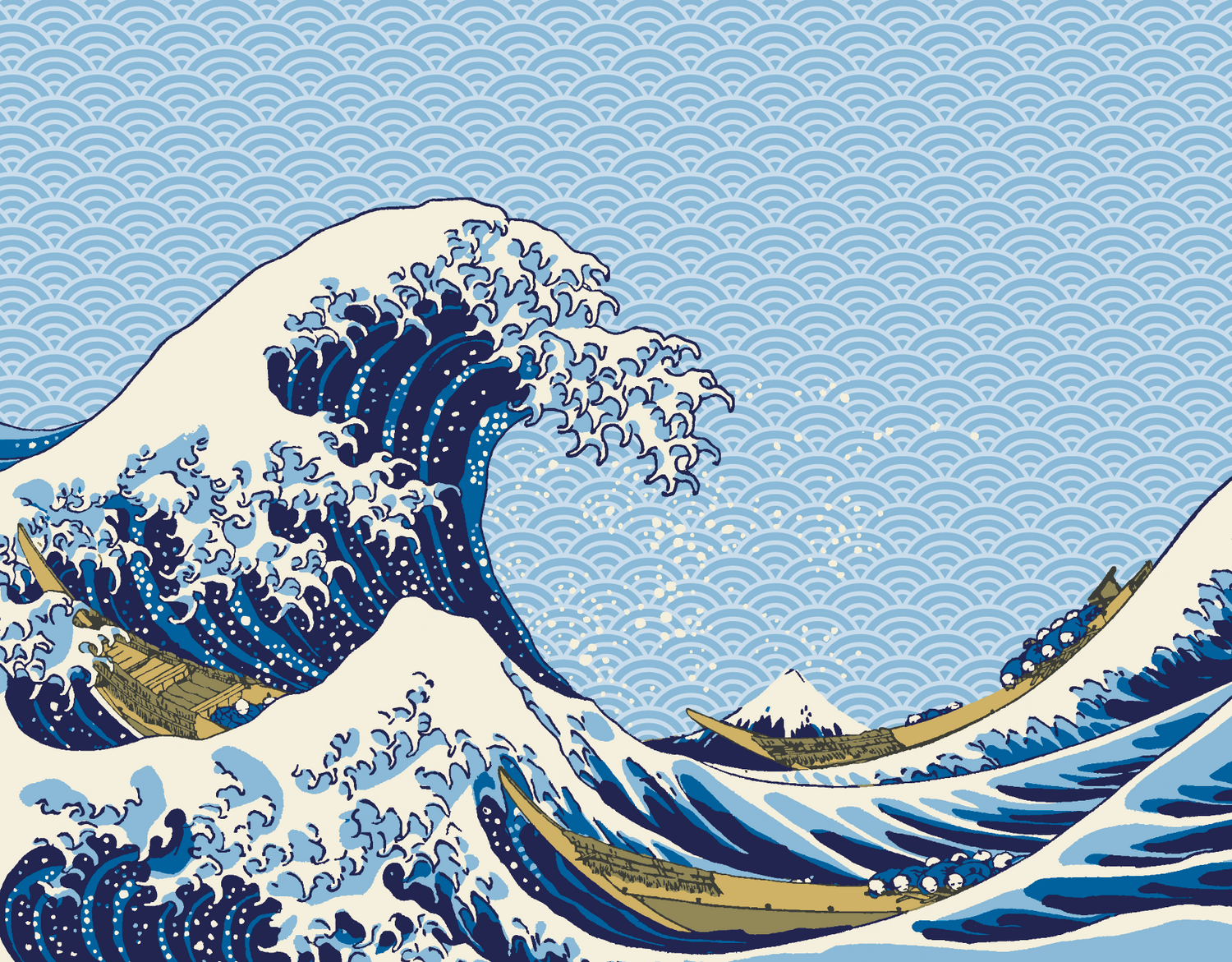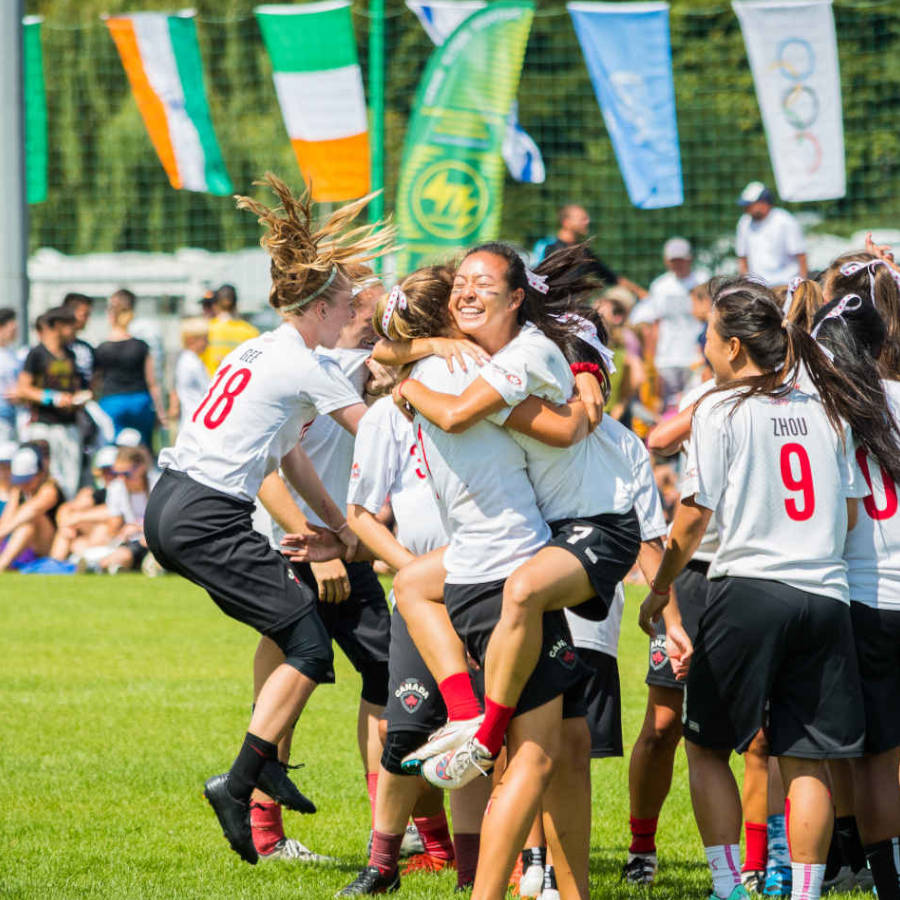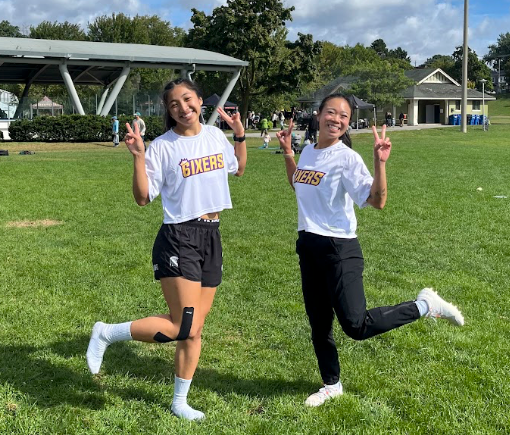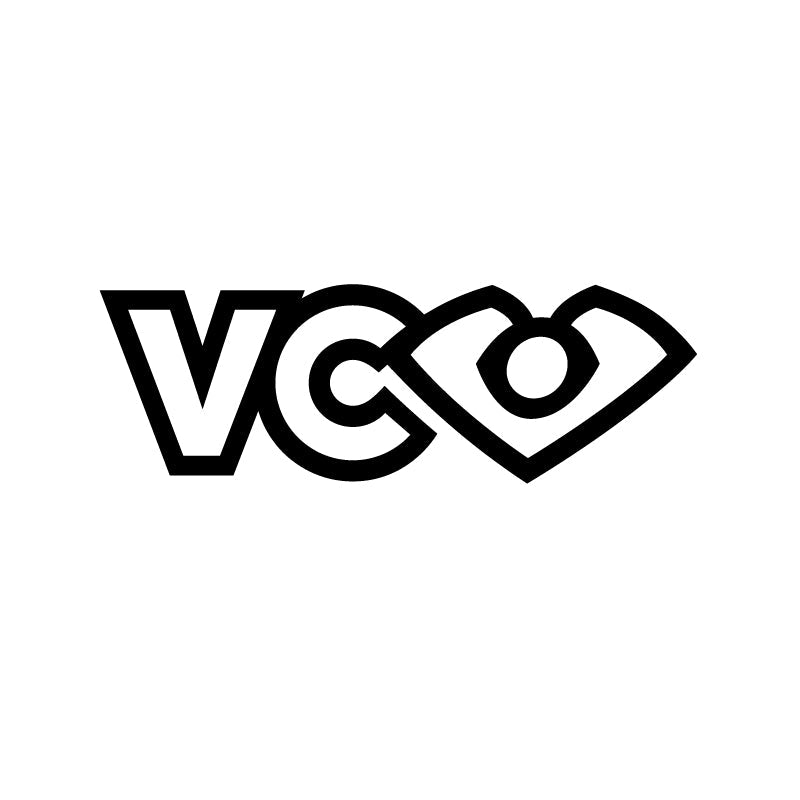
AI Artwork & Copyright
We’ve been answering questions about artwork copyright and best design practices since we first offered sublimation printing to ultimate teams back in 2001. Our original blog post about copyright infringement was published back in 2016, and since then the rise of AI-generated artwork has sparked new discussions and questions about image rights.
Let's dig in deeper into these issues to help you navigate the evolving landscape of design, copyright, and artificial intelligence (AI).
RECAP: DO’S & DON’TS OF COPYRIGHT LAW AND FAIR USE
Fair Use is "any copying of copyrighted material done for a limited and transformative purpose, such as to comment upon, criticize, or parody a copyrighted work." To qualify as fair use, the new work must be sufficiently different from the original to be considered an entirely new creation.
Here's a recap of what's okay and what's not when it comes to copyright:
DO
- Share examples of artwork you like. It's a lot easier for our graphic designers to work with visual references than written descriptions.

- Reference works without using copyrighted characters or images. It's okay to be inspired, but keep it original.

- Seek permission from artists and institutions to use their work – you may be allowed to use their art for a small fee, or even for free.
- Use public domain works, which are either created for free use, or their copyright protection has expired. You can find royalty-free images on sites such as PublicDomainVectors.org or Pixabay.

DON’T
- Assume all online content is free to use. Just because an image is on the internet doesn't mean it's copyright-free.
- Send watermarked stock images. This means the image is not free to use and must be purchased to obtain the rights.
- Ignore or disregard copyright rules. It’s not just about protecting yourself from legal liability, but also to respect the original artists who don’t want their work stolen.
- Give up! We’re here to help.
"BUT WE'VE USED THIS DESIGN BEFORE!"
We're learning, too! At VC, we have updated our policy regarding the use of copyrighted works in recent years. Even if you're reordering designs from previous years, they must still meet our current copyright standards. We're happy to help you tweak older designs to align with our current guidelines.
If you want to read more in-depth on this, check out our original blog post.
AI ARTWORK: WHAT YOU NEED TO KNOW
AI-generated artwork is created by software that is trained on large datasets of images. It builds associations between words and features of images. When the software is given a list of prompts, it uses this accumulated learning to create an image based on those associations. While AI can quickly create a large variety of concepts, it raises some important questions about copyright and originality.
AI programs generate images based on the data that it has "scraped" from the internet (regardless of whether or not the original authors want their works to be used for training), which makes the images it produces derivative by nature. This has sparked controversy regarding who owns the rights to AI-generated images and whether AI is taking jobs away from human artists.
PROS
- Speed: Allows for many concepts to be made very quickly.
- Accessibility: Images can be generated by people who are not experienced artists.
- Stylistic Consistency: AI can emulate specific artistic styles or works with ease.
CONS
- Bias: The data sets used for training may introduce biases into the generated images.
- Quality: The image may not meet standards for print or professional use, and it can be difficult to make adjustments without redoing the entire prompt.
- Potential for Infringement: AI-generated art is still subject to copyright rules – if a work is too similar or derivative to an existing property, it can be considered an infringement.
CAN AI ART BE COPYRIGHTED?
This is still an evolving legal issue. In general, AI-generated images cannot be copyrighted because copyright ownership can only be held by a human. The AI-generated image must be sufficiently altered by a person to be considered a new, copyrightable work.
This should be a consideration as you are deciding if AI-generated art is usable for your project. It may be better suited for low-risk uses where your own copyright isn’t a concern (a social media post or to work out early design concepts) than a major branding project (a team's logo).
This blog post from Superside outlines many concerns around AI and copyright, and includes examples of cases that have come up in legal disputes.
ENVIRONMENTAL IMPACT
There is a very real and growing concern about how much energy is required to train and use machine learning models. It’s been estimated that training a single AI model can emit the equivalent of five cars’ lifetime emissions (source: Environbuzz). Any computer server will use energy, but AI firms in particular often use data centres in low-income areas for their cheap electricity costs. This means that low-income areas are disproportionately affected by the pollution and water usage.
For more information, check out this article from Akepa: Environmental impact of generative AI – 20+ stats & facts
VC’s STANCE ON AI ARTWORK
The use of AI artwork is just as complicated as using work created by a human artist. We want to support our customers in their jersey design process – something that we know can be difficult and time consuming, especially for people who may not be artistically inclined.
We will accept AI-generated images from customers if they are sufficiently different and distinct from any existing copyrighted works. If your AI image is too close to another work, we can help you transform it into a unique, fully original design that can be used without any concerns. It is also important to note that AI generated images will not be good enough quality for most of our print processes. There will be design time required in almost all cases to convert the AI generated images to something that can be used on a jersey.
How to tell if your artwork is too similar to an existing work? "Search by Image" on Google and see if the same image comes up.
However, VC will not use AI-generated artwork for any of our internal design work – this includes event merchandise, VC branded designs on our online store, and original work that we create for our customers. We're proud of our talented team of designers and remain committed to supporting their artistic careers!
RESOURCES FOR FURTHER READING
Make Use OF: Copyright Rules for AI Art
Electronic Frontier Foundation: How We Think About Copyright and AI Art
Electronic Frontier Foundation: AI Art Generators and Online Image Markets


